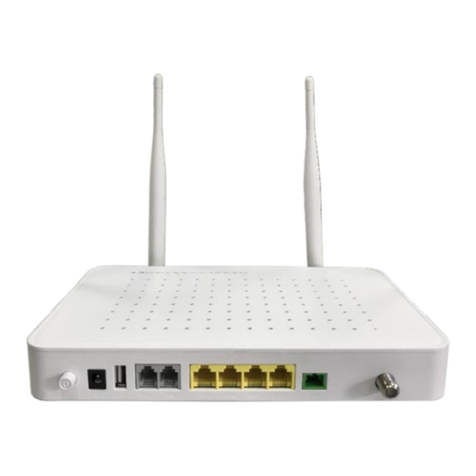Table of Contents
1 Precautions ............................................................................................................................ 4
2 Introduction ........................................................................................................................... 5
2.1 Overview ························································································································ 5
2.2 Features·························································································································· 5
2.3 Specifications ················································································································· 7
2.4 Models and Options······································································································· 8
3 Installation.............................................................................................................................. 9
3.1 Equipment Inventory ····································································································· 9
3.2 Packaging and Transportation························································································ 9
3.3 Power and Cooling Requirements·················································································· 9
3.4 Module Installation and Adjustment ··········································································· 10
3.5 Front Panel Layout (Layout May Vary ) ········································································ 11
3.6 Rear Panel Layouts······································································································· 12
4 Technical Description ........................................................................................................... 13
4.1 Overview ······················································································································ 13
4.2 Optical Gain Block········································································································ 13
4.3 Alarm System ··············································································································· 14
5 Management – Operation.................................................................................................... 15
5.1 EDFA Program Structure ······························································································ 15
5.2 LCD menu Sequence and operation············································································· 15
5.3 Port and Cable Assignments ························································································ 17
5.4 The WEB Management Interface (Web GUI)······························································· 21
6 Troubleshooting ................................................................................................................... 28
6.1 Fiber Optic Maintenance ····························································································· 28
6.2 Troubleshooting Conditions························································································· 28




























